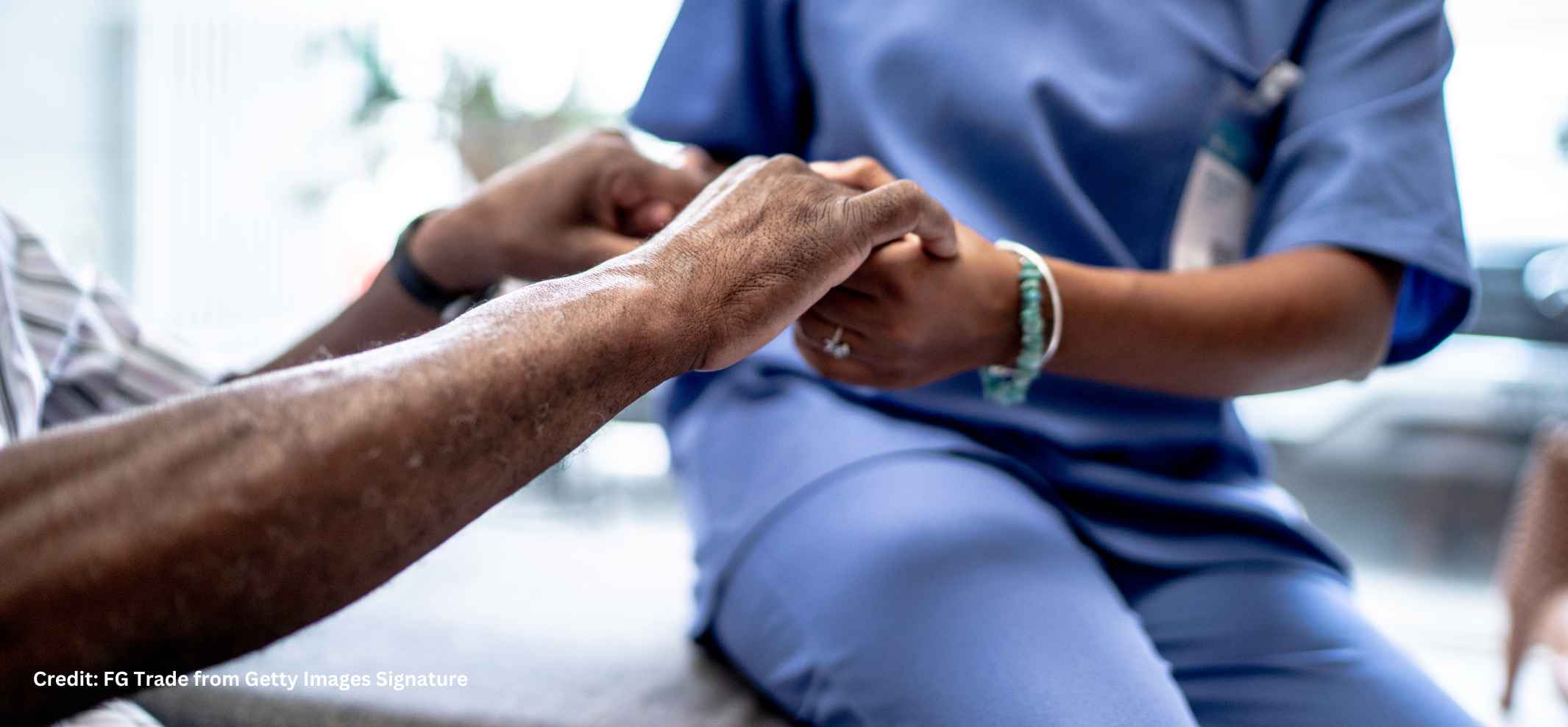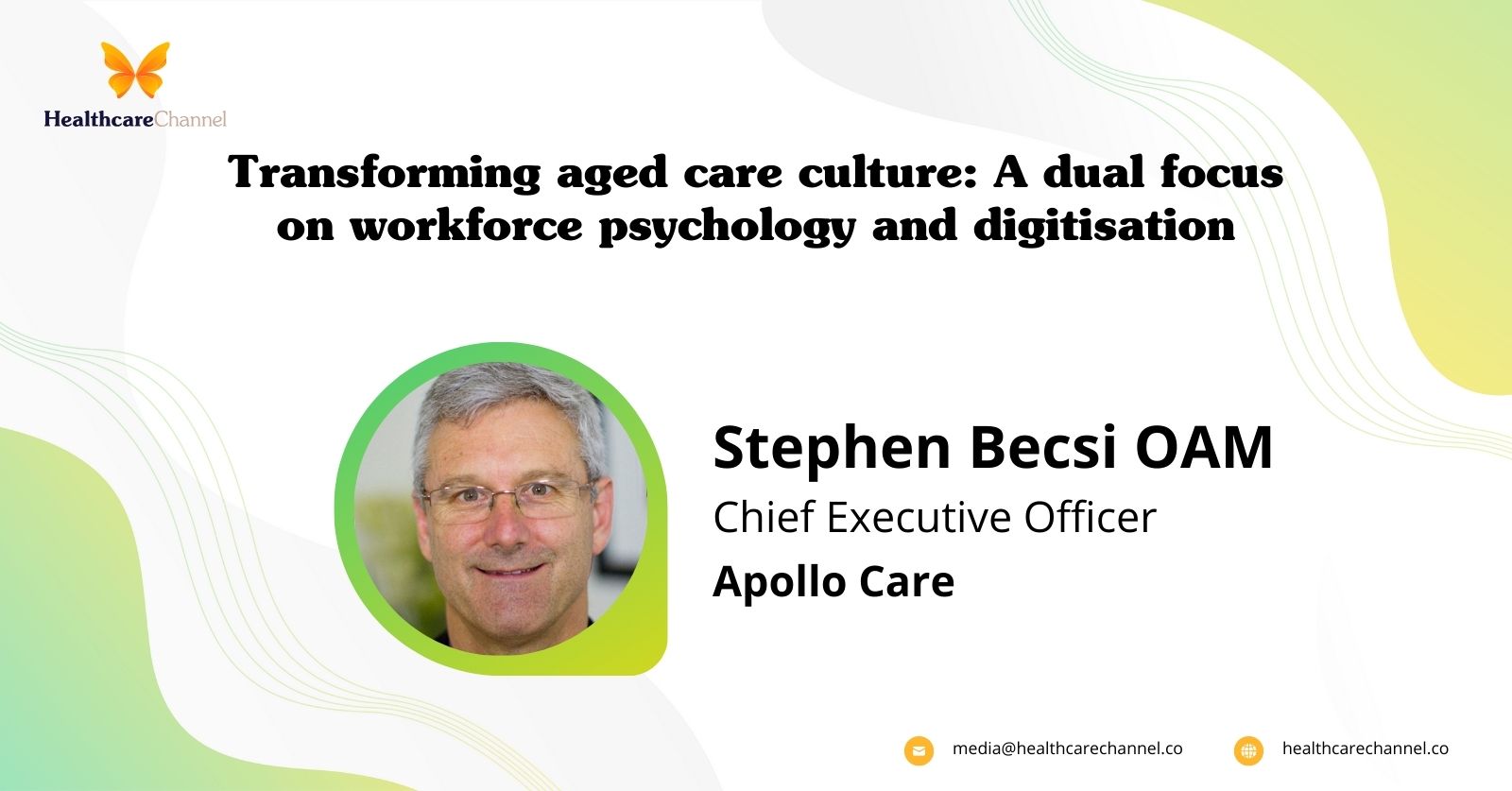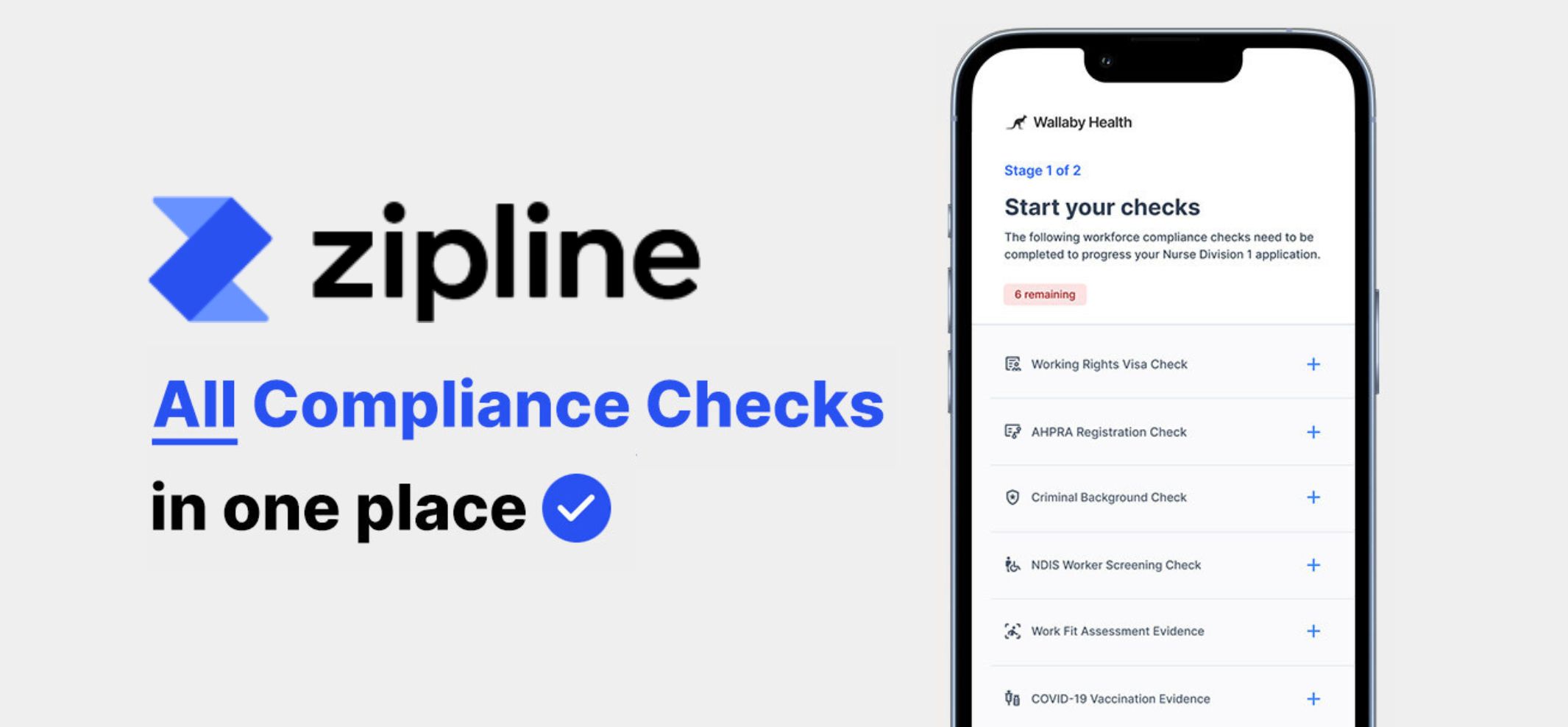As emergency departments across Australia continue to struggle with overcrowding and ramping, alternative virtual EDs – where specialist emergency doctors provide urgent care consults with patients via a phone or video chat – have been seen as one solution to reducing the number of people presenting to hospital.
Now, a new research collaboration led by Flinders University will seek to ensure the services are running as best they can, thanks to almost a $1 million in funding from the National Health and Medical Research Council. Led by health economist Professor Jonathan Karnon from Flinders University’s College of Medicine and Public Health, the project will work with current virtual EDs across five states to compare their performances, see which methods work the best and seek to improve them.
“Virtual EDs have a central role in managing demand for our public hospital system, however across South Australia, Western Australia, Victoria, New South Wales and Queensland where the various services have all been set up independently from each other, we see five separate systems with distinct differences in how they operate,” says Professor Karnon.
“They differ in how patients are referred, for example, some services can be directly accessed by members of the public, whilst other services require a referral. There are also differences in who can provide a referral.
“However, they all have the same aim to provide appropriate care for non-life-threatening emergencies in the community, providing care in patients’ usual residence and transferring or referring patients to community-based services such as urgent care centres and hospital-in-the-home services.
“We want to look at each service available and learn from all of them, with the aim being to support the states to work out what is the best way to provide their particular virtual ED service and find improvements in their implementation and design for the betterment of patients.”
Each service will be compared on:
– Patient safety: are patients receiving appropriate care?
– Service quality: monitoring quality indicators to inform options to improve the provision of virtual ED care.
– Service design: are patients being appropriately referred to virtual ED services?
“The main reason for setting up these services was to reduce the number of patients presenting at an emergency department who could be treated appropriately without having to present at an ED,” says Professor Karnon.
“This reduces the overall burden on the hospitals, increasing access to inpatient beds and in turn reducing offload times for ambulances, which can ultimately save lives.
“Ramping has become so prevalent in a number of states across Australia that it’s essentially become the public face of this excess demand on our public hospital system, so we need to ensure a valid functioning alternative.”
The project will also investigate how virtual EDs can help in regional healthcare to triage the movement of patients between regional and metropolitan hospitals.
“Their role could be to advise paramedics on whether to treat on scene or at local health provider, avoiding a long transfer to hospital, as well as in advising on whether a patient can be managed at a local hospital,” says Professor Karnon.
“Once transferred to a regional hospital where ED doctors may not be available, the virtual ED could also then provide support to the available health care providers.
“Our research will look to make improvements not just in metro settings, but across Australia, as it all has a domino effect on how our public health system is accessed.”
Professor Karnon’s project was one of six projects funded by the National Health and Medical Research Council aiming to ensure the quality and safety of telehealth, the use of which skyrocketed during the pandemic.
“The expansion of telehealth services, during the early days of COVID, has been described as ‘10 years of change in 10 days’ and that is not an exaggeration,” says Federal Minister for Health and Aged Care Mark Butler MP.
“Telehealth has become a permanent feature of the health system today, as both patients and providers enjoy its convenience and potential to remove the tyranny of distance that has sometimes made health service delivery so challenging for rural and remote Australia, in particular.
“The Albanese Government is committed to unlocking telehealth’s potential, while also ensuring its safety and quality for patients. These six research projects will help point the way to better telehealth.”
The project ‘Enabling safe, high quality & high value virtual emergency care in Australia’ has been awarded $999,945.60 by the National Health and Medical Research Council’s Targeted Call for Research: Ensuring the quality and safety of telehealth 2023 grant opportunity.
Ritchelle is a Content Producer for Healthcare Channel, Australia’s premier resource of information for healthcare.





















